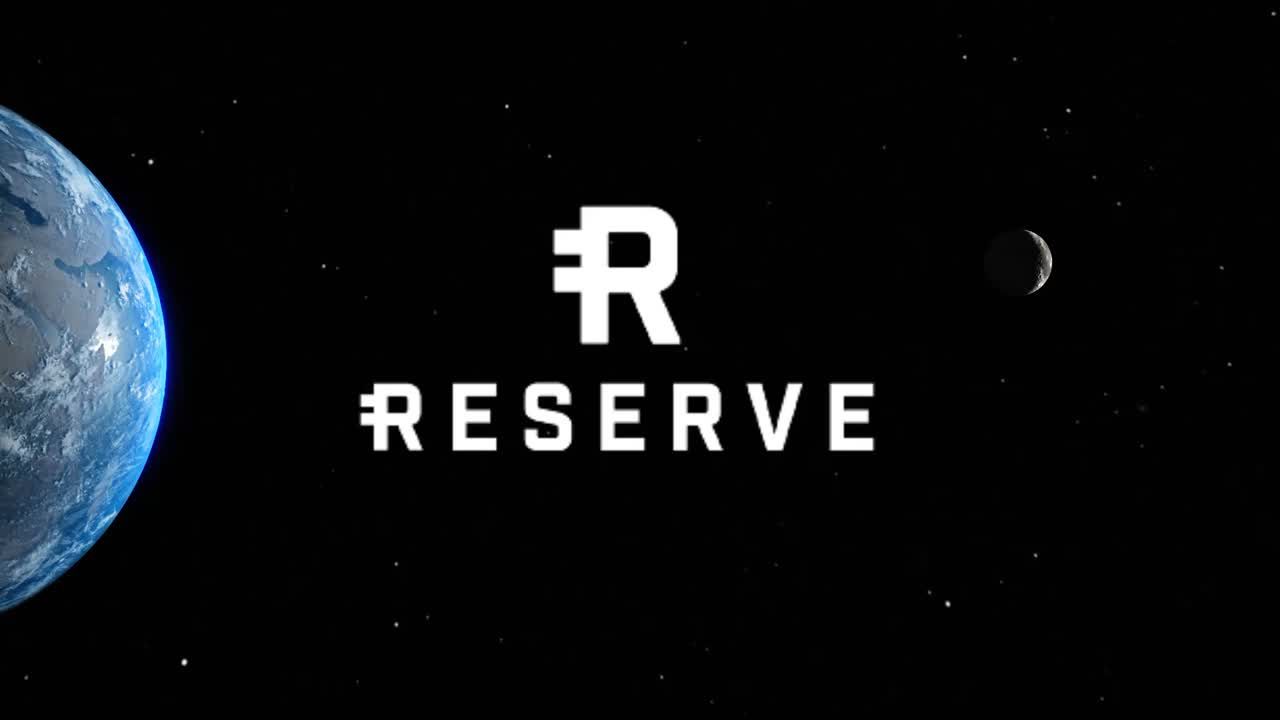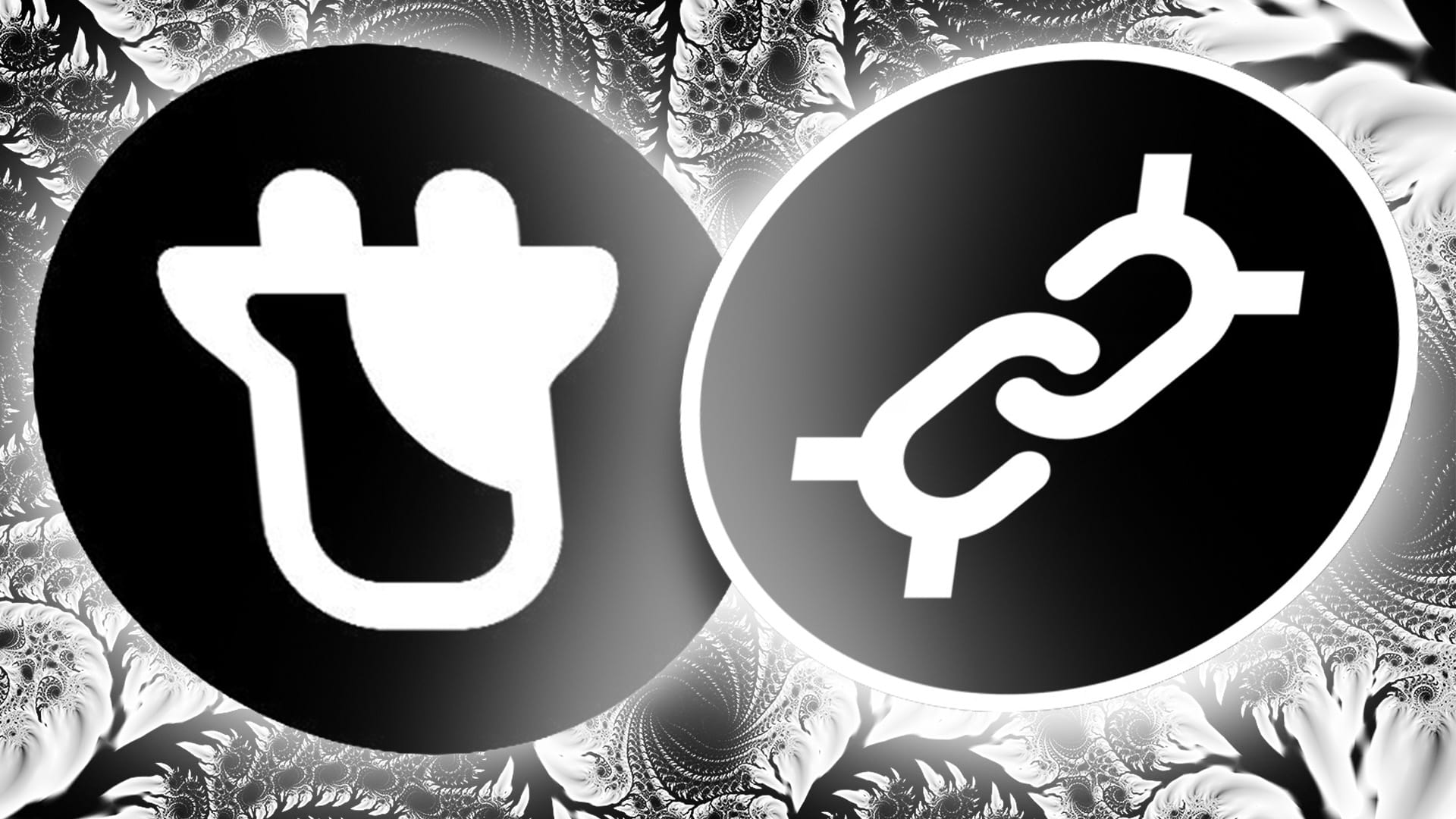Listen on Spotify
Listen on Apple Music
This week on Flywheel DeFi, we had on Reserve Protocol’s Head of Platform Thomas Mattimore, and Reserve-pilled us on the new updates they have just launched that allow anyone to create their own branded stablecoin. We were all pleasantly surprised about the possibilities and are quite optimistic on how Reserve will integrate with Frax in the future.
What is Reserve Protocol
Reserve Protocol allows for the creation of stablecoins called RTokens. These RTokens are fully asset-backed by any combination of ERC-20 tokens and can be protected against collateral default by Reserve Rights (RSR) staking. Anyone can create an RToken by interacting with Reserve Protocol's smart contracts, which apply a system of factory smart contracts that allow for the deployment of custom smart contract instances. The protocol also enables the creator of an RToken to define its initial configuration, including which assets will back it, their respective weights in the basket, and how the RToken will be governed.
Wait.. What happened to the original Reserve Protocol idea from 2018?
The Reserve Protocol team discovered after the many algo-stablecoin blowups that their initial approach was not feasible on a larger scale for creating a stable, decentralized, and scalable stablecoin. People always find ways to exploit vulnerabilities for algo-stables at scale and they didn’t want another Luna collapse for those using Reserve.
In their original design, Reserve Protocol planned to use a basket of cryptocurrencies and assets to create a stablecoin that would maintain a stable value against the US dollar. Then over time the reference value would shift to a basket of currencies to eventually decouple from the US dollar. The original design was very similar to Frax V1.
After much research and experimentation, the Reserve Protocol team decided to adopt a different approach. They decided to create a protocol for creating stablecoins called RTokens.

What are RTokens?
RTokens are stablecoins that are created on top of the Reserve Protocol. They are fully asset-backed by any combination of ERC-20 tokens and can be protected against collateral default by Reserve Rights (RSR) staking.
Each RToken is governed separately by its creators, and anyone can create an RToken by interacting with Reserve Protocol’s smart contracts or any user interface built on top of it. What’s cool is that anyone can use Reserve to create branded tokens with their own governing logic. During the initial configuration, the creator chooses the collateral assets RToken will be backed by, their weight in the basket, and how and by whom the RToken will be governed. They also get to set the fees taken from the interest yield, from 0-100%.
So hypothetically speaking… Flywheel DeFi could create their own Frax backed stablecoin that earns a yield from various DeFi apps like Aave, Compound, and or Frax. The interest earned on that stablecoin would have a fee, like 20% which would go to the Flywheel teams address. Flywheel could create a whole internal environment in which the token could be used, driving growth of the supply. While this example’s use is small, think about RTokens being used inside a AAA game, billions of dollars are transacted annually. It’s a really elegant solution that allows anyone to create a stablecoin.
How are RTokens hedged/protected against loss?
This is where Reserve Rights (RSR) comes in. Holders can stake their tokens against various RTokens to receive a portion of the revenue the RToken makes in return. In case of a peg failure, like the one we saw this last week, staked RSR is the “lender of last resort” in the sense that their value is sold off to cover the losses to the collateral pool.
Are RTokens limited to US dollar stablecoins?
No, they are not. Any asset that is yield bearing can be issued as a stablecoin using Reserve. This means that any ETH LSD like frxETH could be rebranded to FlywheelETH and sold through a portal on our site. (Wow, mind blown). Again, the yield income derived from the total supply would fund the creator’s selected addresses. Think about a celebrity like Mr. Beast or Joe Rogan could create their own frxETH based stablecoins to sell to their subscribers, and then they could potentially make millions on the yield income. We’re entering into a new world of brand identity and value.
What’s Next for Reserve?
Three weeks ago, Reserve partnered with Mobilecoin to launch the first stablecoin on their platform eUSD which is made up of a basket of USDC, USDP, and TUSD. The privacy-focused stablecoin allows anyone to send and receive eUSD in their Mobi wallet seamlessly. eUSD had its first stress test over the weekend and was able to hold up with only a 3% loss of collateral, all of which will be reimbursed by RSR stakers.
If all goes well, Reserve has the potential to be the core infrastructure for a stablecoin renaissance.



